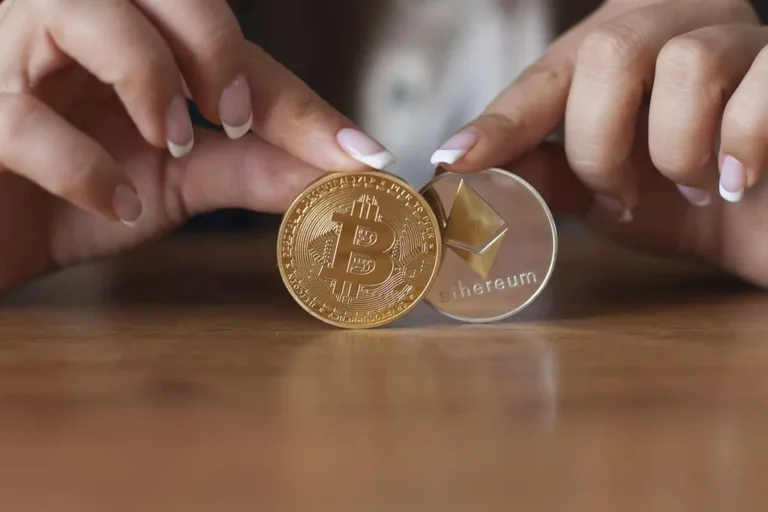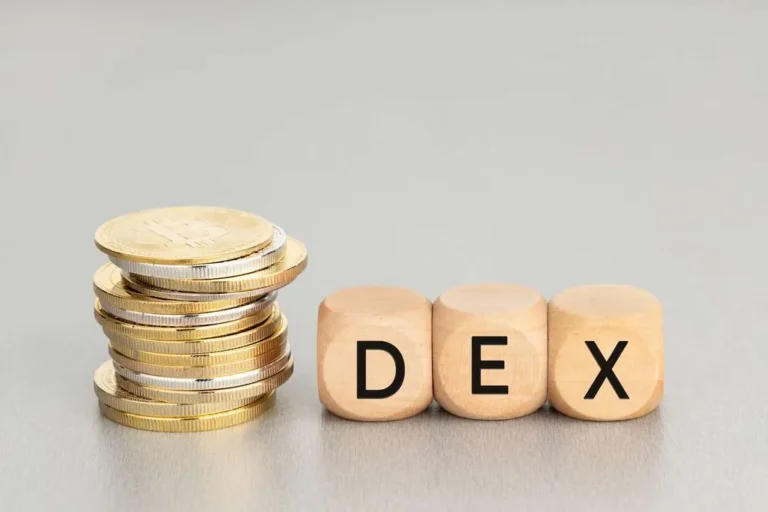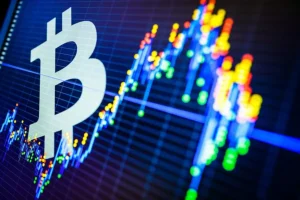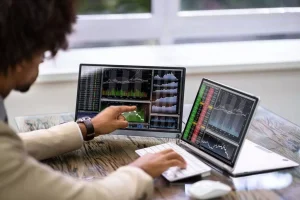When you’re researching a new decentralized exchange (DEX), trading volume is one of the first things to look at. DEX volume tells you how active the platform is: how many people use it and how much crypto moves around. An exchange with high volume is a good sign. There’s enough activity to help you invest or sell without delays or price jumps. It’s safer to stay with platforms where the deals aren’t stagnant.
Still, if you notice the volume has been dropping fast, and for a while, it’s a red flag. It points to low liquidity (meaning fewer buyers and sellers), or worse, the exchange is struggling. In some cases, it might be heading toward shutdown. So, when making crypto investments, keep an eye on DEX volume. Keep on reading to learn what is DEX volume in crypto.
What is DEX Volume?
For a long time, CEXs have been the leading players. As of 2024, DEXs account for around 10–15% of global spot trading volume. What’s driving this change? Traders are starting to prioritize more autonomy, data privacy, and direct control over assets. DEXs are meeting those expectations.
To anyone comparing DEX vs CEX trading volume, this is where things get interesting. Centralized exchanges often lead in volume due to large user bases and fiat gateways, but DEXs are catching up fast. The transparency, self-custody, and innovation in such exchanges are pushing trading activity higher every month.
DEX trading volume is the total value of cryptocurrency traded on a decentralized exchange within a specific time frame. Most of the time, you’ll see it measured in US dollars, but technically, it’s tracked in any currency. It gives us a clear sense of how active the platform is.
There are a few common ways this volume gets measured:
- 24-hour volume shows you how much trading has happened in the past day. It’s useful when you want a quick overview of the current market energy.
- Weekly volume looks at trading over the past seven days. It gives a slightly broader view of market trends.
- Total volume is the all-time number: the full record of everything ever traded on DEX. It helps you understand the platform’s overall track record and long-term relevance.
The calculation is clear. You take the value of every trade: crypto swaps, leveraged positions, even NFT deals. Then, add them up over the period you’re interested in. The sum is the volume.
You don’t have to look at raw blockchain data to keep an eye on these numbers. There are plenty of tools. There are data aggregators that pull stats from different DEXs and lay it all out clearly, as well as platforms analyzing trading behavior, liquidity pools, and other elements to affect how volume moves.


Turnkey Brokerage Solution For Your Business
Get the most profitable fully licensed fx/crypto brokerage software or ready-to-operate business in 48 hours. Best-in-class web & mobile trading platforms, sales-driven CRM, full integration with MT4/5, and 150+ payment providers.
DEX Transaction Volume: What Does it Mean?
When we talk about decentralized exchange volume, we’re really talking about how dynamic and active a platform is. When it sees consistently high transaction volume, it means a few good things are happening at once: people trust the platform, there’s a solid variety of tokens to trade, and, most importantly, it’s easy to buy or sell. Now, when more users show up and start trading, it attracts even more users and liquidity providers. The DEX gets stronger over time.
On the other side, low volume isn’t exactly a dealbreaker, but it’s a red flag. Fewer trades might point to a smaller user base or weaker liquidity, making it harder for new users to start or for the platform to stay competitive long-term.
In short, while volume isn’t the only thing that matters, it’s a selling point. If a DEX struggles to get traction, it might face some serious challenges down the line.
How to Calculate DEX Volume?
This key number shows how active and liquid the trading platform is. Here’s how you’d figure it out. Imagine a small DEX where a few trades happen over one day:
- One trader swaps 3 Solana (SOL) at $140 each.
- Another picks up 800 USDC in exchange for DAI, dollar-for-dollar.
- A third user sells 0.25 Litecoin (LTC) at $23 per LTC.
- And someone else buys 10 AVAX at $34 a piece.
Now let’s do the math:
- Trade 1: 3 SOL × $140 = $420
- Trade 2: 800 USDC = $800 (since it’s pegged to USD)
- Trade 3: 0.25 LTC × $23 = $5.75
- Trade 4: 10 AVAX × $34 = $340
Add it all together, and you’ve got a daily volume of $1,565.75 in the DEX.
It tells you how much value moved through the platform during that time. You’re not tracking how many coins were traded; you’re tracking the total value of everything.
NB! It’s a simplified snapshot. In real-world scenarios, hundreds or thousands of trades happen each hour. Volumes swing depending on market trends, token demand, and the exchange’s user base.

Factors Influencing DEX Volume
If you’ve been watching DEX volumes go up and down, you probably wonder what’s behind the shifts. There’s no single answer, but there are a few key factors. Let’s take a look:
- People tend to trade more when the crypto market is at its peak. Excitement pushes activity up, and it means higher DEX volume. Conversely, when the mood cools off, people trade less.
- Whenever a new token drops on a DEX, especially one that gets the hype, it brings in a wave of interest. Whether it’s a project with a bold idea or something everyone’s curious about, new listings often spark a short-term boost in trading volume across platforms.
- DEXs often run programs where users earn extra tokens when they’re doing specific things, like adding liquidity or cryptocurrency trading. These rewards are a strong pull among new and returning users.
- If using the DEX feels fast, simple, and affordable, more people will stick around. Clean interfaces, quick swaps, and low fees all help attract users and keep them trading. On the other hand, clunky designs or slow transactions turn people away.
- Security is important, too. Nobody wants to trade on a platform that feels risky. DEXs with solid security, transparent governance, and a clean track record tend to attract more users over time.
To teams focused on decentralized exchange development, understanding these levers is key. You’re shaping a space where users need to feel secure and empowered to trade.
Advantages of High Trading Volume on a DEX
First, more trades mean better liquidity. When it’s strong, your trades go through smoothly, and the final price you get stays close to what you expected.
The cost factor in transaction volume is vital, too. When volume is high, the difference between what buyers are willing to pay and what sellers are asking for tends to get smaller. It means better prices and lower costs on every trade you make.
Bigger volume pulls in more liquidity providers. They help make sure tokens are available to trade in the first place. The more of them there are, the stronger and more stable the exchange becomes.
High volume signals show that the market is active and that people are actively trading, which builds trust and makes the platform more attractive.
Examples of Trading Volume in DEX
Trading volume on decentralized exchanges isn’t one-size-fits-all. It changes a lot depending on the platform, the swapped tokens, and what’s happening in the wider crypto space. Look at how things play out across a few major DEXs.
Uniswap
It’s one of the sought-after platforms in DeFi. It often pulls in billions of dollars in daily trading volume. This isn’t surprising: It supports many ERC-20 tokens, and people use it around the clock.
SushiSwap
It sees solid volume, often landing in the hundreds of millions and occasionally going higher on busy days. It offers a range of trading pairs and extra tools that appeal to more active users. SushiSwap might not match Uniswap daily, but it holds its place in the DeFi space.
PancakeSwap
Built on the BNB Chain, PancakeSwap is where many go when they want fast trades and lower fees. In its heyday, its trading volume easily crossed the billion-dollar mark. It’s a go-to choice for BEP-20 token swaps and tends to stay busy thanks to its speed and low-cost trading.
To cap it all, as crypto adoption grows and more users go into Web3, DEX volume will likely go even higher. As of 2024, DEXs process $2–3 billion daily, with Uniswap handling over $1 billion alone. High volume signals real adoption, powering innovation, deeper liquidity, and the next phase of decentralized finance. This momentum also attracts developers and financial investors, accelerating the evolution of the entire DeFi ecosystem.






